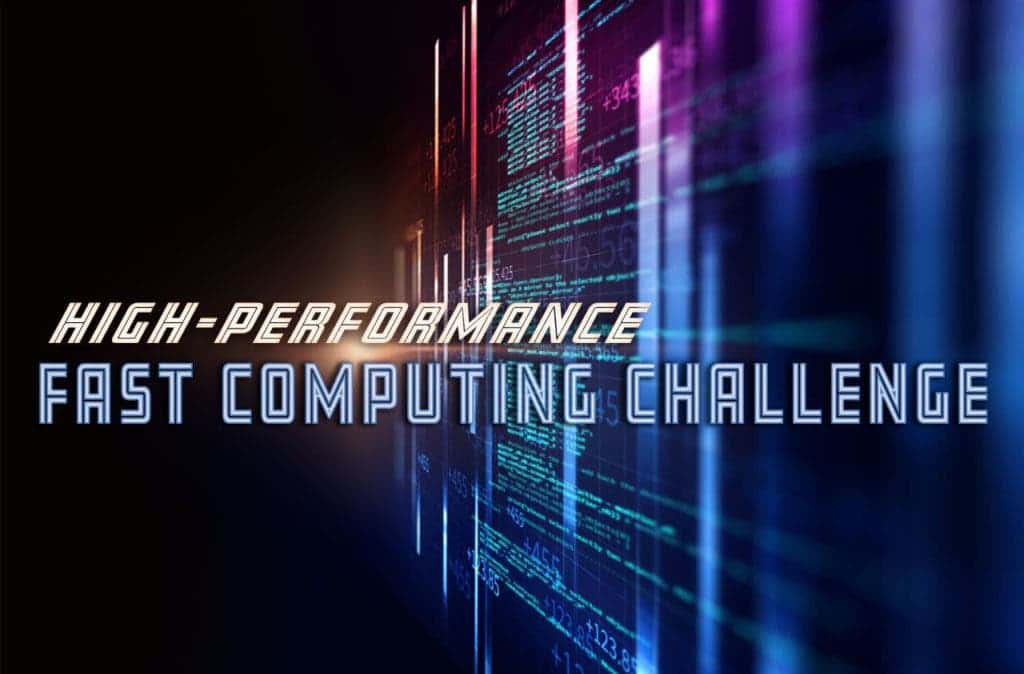NASA is looking for programmers to help them upgrade the agency’s processing power. They’ve started a competition to find a contender that can tweak the FUN3D design software to run 10 to 10,000 times faster on the Pleiades supercomputer — without sacrificing any accuracy.

Nerds of the world: become excited! NASA wants you to tweak their computers. The agency is sponsoring a competition called the High Performance Fast Computing Challenge (HPFCC) to find someone who can give their software more oomph.
“This is the ultimate ‘geek’ dream assignment,’ said Doug Rohn, director of NASA’s Transformative Aeronautics Concepts Program (TACP). “Helping NASA speed up its software to help advance our aviation research is a win-win for all.”
The culprit: FUN3D. This software is an integral part of NASA’s “three-legged stool” aviation research and design process: one leg oversees the initial designs testing with computational fluid dynamics (CFD), which draws on a supercomputer system for numerical analysis and data structures to solve problems. The second leg consists of building scale models to be tested in wind tunnels and confirm or infirm the CFD results. The third leg is to test experimental craft in a pilotless configuration to see exactly what each vehicle can do in real life conditions.
Shortening the leg
The HPFCC is aimed at improving this final step. Because of the sheer complexity of the concepts involved in the process, even the fastest supercomputers have trouble working with and analyzing the models in real time. So a little tweaking is in order to speed up the process.
FUN3D is written predominately in Modern Fortran. The code is owned by the U.S. government, so NASA had to require all participants to be U.S. citizens over the age of 18 to conform to strict export restrictions. The agency is looking for people to download the code, analyze its working process and find the strands of code that bottlenecks its performance, and then think of possible modifications that might lead to reducing overall computational time.
And it doesn’t have to be anything groundbreaking, either. De-cluttering or simplifying a single subroutine so that it runs a few milliseconds faster might not sound like much, but if the program has to call it millions of times — it adds up to a huge improvement.
The HPFCC is supported by two of NASA’s partner’s, HeroX and TopCoder, and has two categories you can compete in: ideation, focusing on improvements to the algorithms themselves, and architecture, focusing on tweaking the overall structure of the program. The prize purse of US$55,000 will be distributed among first and second finishers in these two categories. If you want to try your brain against the challenge, all you have to do is visit this page. Code submissions have to be received by 5 p.m. EDT on June 29. The winners will be announced August 9.
For more information about this challenge, the FUN3D software, or NASA’s Pleiades supercomputer, send an email to hq-fastcomputingchallenge [at] mail.nasa [dot ]gov.






